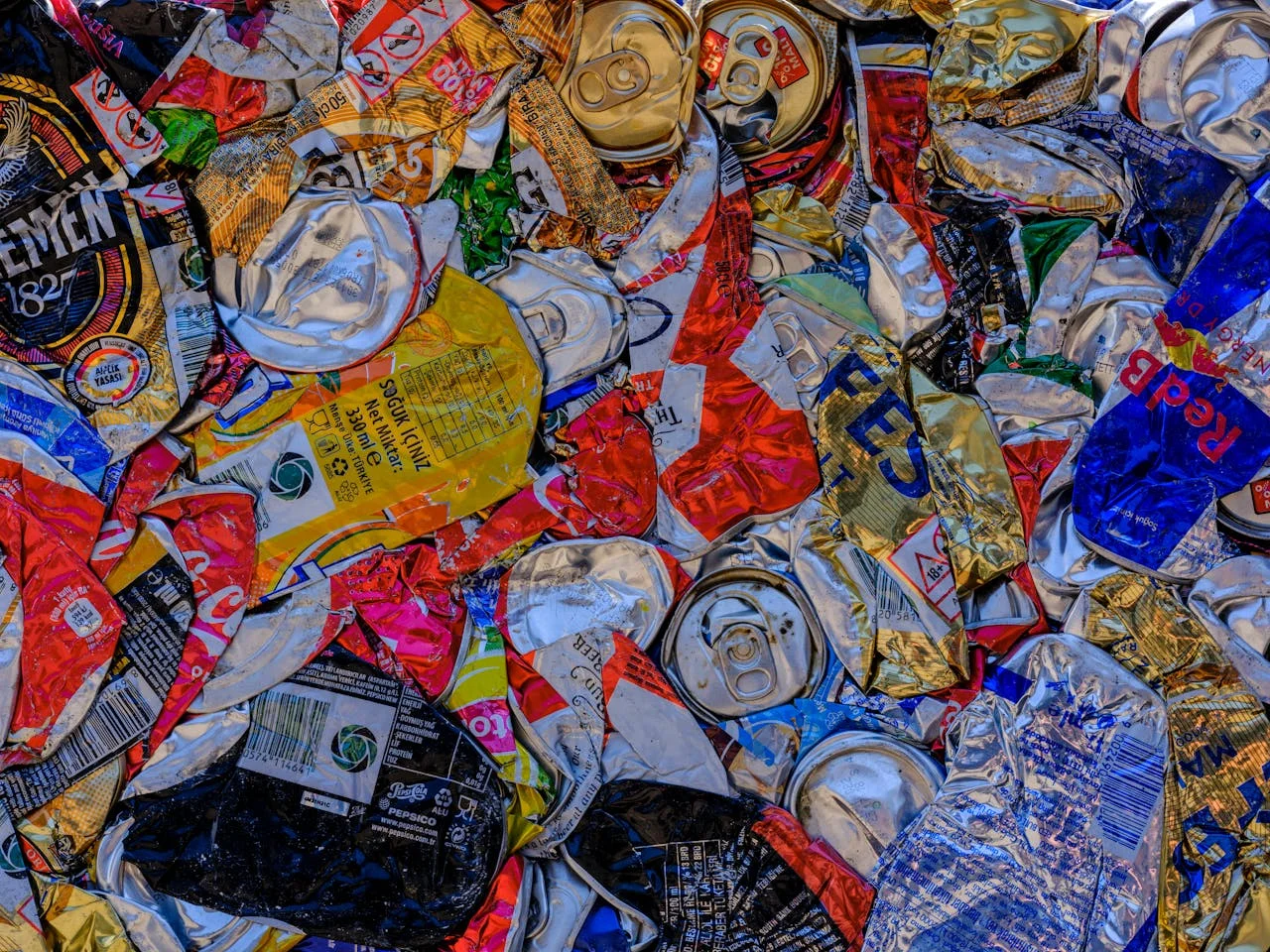Harnessing Aluminum and Seawater for a Cleaner Energy Future
Hydrogen fuel has long been heralded as a clean alternative to fossil fuels, yet challenges in production, storage, and scalability have limited its adoption. Now, researchers at the Massachusetts Institute of Technology (MIT) may have unlocked a sustainable solution by combining aluminum and seawater to generate hydrogen on demand. This breakthrough not only addresses current inefficiencies but also opens the door to transformative applications in maritime industries and beyond.
A Surprising Energy Source
Aluminum, a metal synonymous with everyday items like soda cans and foil, has untapped potential as an energy source. Under the right conditions, aluminum reacts with water to release hydrogen gas—a clean fuel that emits only water vapor when burned. While this reaction has been known for decades, practical implementation remained elusive due to aluminum’s natural protective oxide layer, which prevents it from reacting with water.
MIT researchers, led by mechanical engineer Aly Kombargi, have overcome this barrier using a liquid metal coating made of gallium and indium (known as eGaIn). This coating disrupts the oxide layer, allowing aluminum to efficiently react with seawater to produce hydrogen.
Kombargi explained the science behind the innovation: “The oxide layer essentially ‘shields’ aluminum from reacting with water. The liquid metal coating disrupts this barrier, making the reaction possible.”
How the System Works
The process begins with aluminum pellets, pre-treated with the eGaIn coating, which are then combined with seawater. The salt ions in seawater play a dual role: they stabilize the liquid metal coating and enhance the efficiency of the reaction. Impressively, over 90% of the gallium and indium used in the process can be recovered and reused, making the system both sustainable and cost-effective.
To further optimize the reaction, researchers discovered that adding imidazole, a compound found in caffeine, dramatically accelerates hydrogen production. For example, the addition of imidazole reduced reaction times from hours to under 10 minutes in seawater tests.
Kombargi shared the eureka moment: “That was our big win. We achieved rapid and efficient hydrogen generation while also recovering the gallium-indium alloy.”
Preheating seawater to 80°C (176°F) further enhances the process, though researchers caution that temperatures above 90°C reduce efficiency.
Scaling the Innovation
Beyond the lab, the MIT team tested the system using 50 grams of aluminum and 5 liters of seawater, achieving consistent hydrogen production. The next step involves developing a reactor for real-world applications, particularly in maritime settings.
For example, a reactor holding 40 pounds of aluminum pellets could power a small underwater vehicle for 30 days, according to Kombargi. Such a system eliminates the need for transporting volatile hydrogen gas, relying instead on readily available seawater and aluminum pellets.
While the aluminum-seawater system is ideal for maritime applications, its potential extends far beyond the sea. Hydrogen fuel adoption has historically been limited by challenges in storage and transport; hydrogen is highly volatile and requires specialized tanks. This new method eliminates those hurdles, using aluminum pellets as a safe, transportable fuel source.
“The next step is figuring out how to adapt this for trucks, trains, and maybe airplanes,” said Kombargi. He even envisions future applications where water could be extracted from humidity to produce hydrogen fuel.
Such versatility could revolutionize how industries approach clean energy, offering solutions for both transportation and stationary power generation.
Funding and Commercialization
The research, supported by the MIT Portugal Program, has already sparked interest in commercial applications. Kombargi has filed a patent for the hydrogen production process, and co-author Peter Godart is working to bring the technology to market through his company, Found Energy Co.
This initiative aligns with global efforts to reduce reliance on fossil fuels. By leveraging aluminum’s abundance and seawater’s ubiquity, the system offers a scalable, sustainable alternative that could redefine the energy landscape.
Despite its promise, the aluminum-seawater system faces hurdles in scaling up for industrial applications. Aluminum is energy-intensive to produce, though its recyclability mitigates some of these concerns. Additionally, the cost and availability of gallium and indium could pose challenges if the technology sees widespread adoption.
However, researchers are optimistic. By improving recovery rates for the liquid metal alloy and exploring alternative materials, the system could become even more efficient and affordable.
A Clean Energy Revolution
MIT’s aluminum-seawater hydrogen production system represents a significant leap forward in sustainable energy. Its ability to generate hydrogen on demand, without the need for complex storage infrastructure, makes it a game-changer for industries ranging from maritime to transportation.
As Kombargi aptly put it, “This innovation could redefine how we think about hydrogen fuel and its applications. It’s a step toward making clean energy more accessible and practical for a wide range of uses.”
With continued research and support, this groundbreaking technology could help transition the world to a cleaner, more sustainable energy future.
As this innovation progresses, public and private sectors must collaborate to support its development and deployment. From funding further research to adopting the technology in pilot projects, stakeholders have a unique opportunity to champion clean energy solutions that benefit both people and the planet.
The findings were published in Cell Reports Physical Science on August 21, 2024, under the title, “Enhanced recovery of activation metals for accelerated hydrogen generation from aluminum and seawater.”





